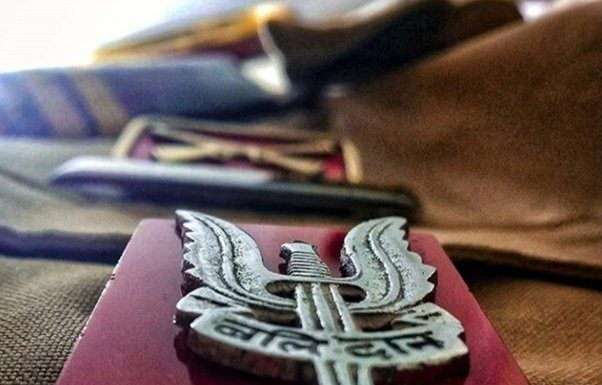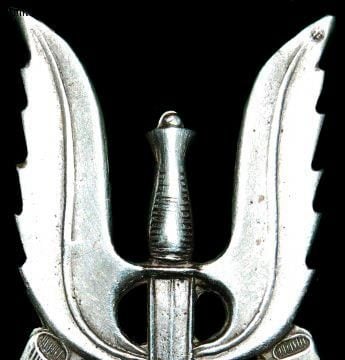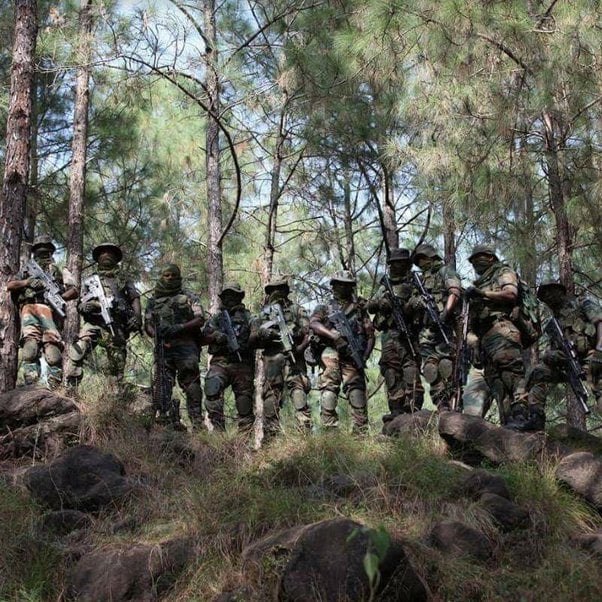In the realm of Indian military and para-military forces, the Balidaan Badge holds a significant position as a symbol of ultimate sacrifice and indomitable courage. This article aims to explore the rich history, meaning, and significance behind the Balidaan Badge, highlighting its profound importance and the valor it represents.
What is Balidaan Badge
Historical Background
The origins of the Balidaan Badge can be traced back to the elite special forces of the Indian Army known as the Parachute Regiment. The Parachute Regiment is renowned for its exceptional combat skills, swift deployment, and unwavering determination. The idea behind the Balidaan Badge emerged as a way to honor and recognize the supreme sacrifice made by soldiers in the line of duty.
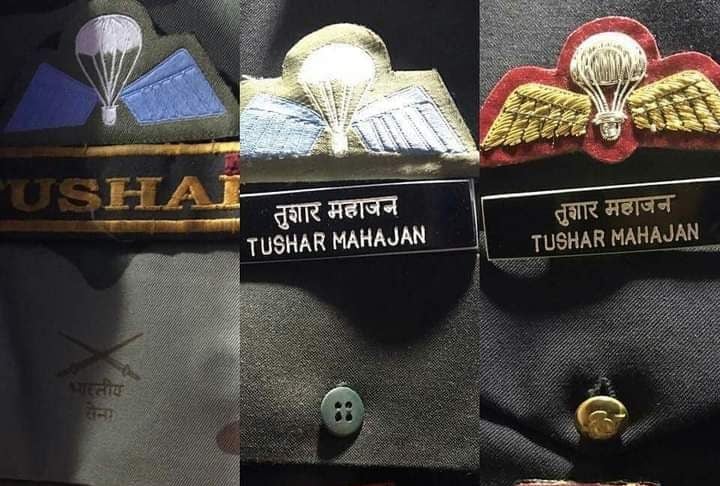
Meaning and Symbolism
The term “Balidaan” is derived from the Sanskrit language, where “bali” means sacrifice, and “daan” means offering. Thus, the Balidaan Badge signifies the selfless act of sacrificing one’s life for the nation’s greater good. It embodies the valor, bravery, and dedication of the soldiers who have given their all to safeguard the sovereignty of India.
Design and Appearance
The Balidaan insignia holds a significant place within the special forces of the Parachute Regiment. This distinctive emblem encompasses a commando dagger pointed downwards, accompanied by wings that extend upwards from the blade. Additionally, there is a scroll superimposed on the blade, displaying the inscription “Balidaan” in the Devanagari script.
Eligibility and Awarding
The Balidaan badge holds the highest honor in the Indian Army, exclusively worn by the special forces battalions of the Parachute Regiment. All Indian paratroopers are volunteers, with some joining the Para regiments directly after recruitment, while others transfer from regular army units. To become a Para (Special Forces) soldier, individuals must undergo a rigorous probationary period or selection process. Initially, all personnel must qualify as Paratroopers before they can choose to advance to the Special Forces selection.
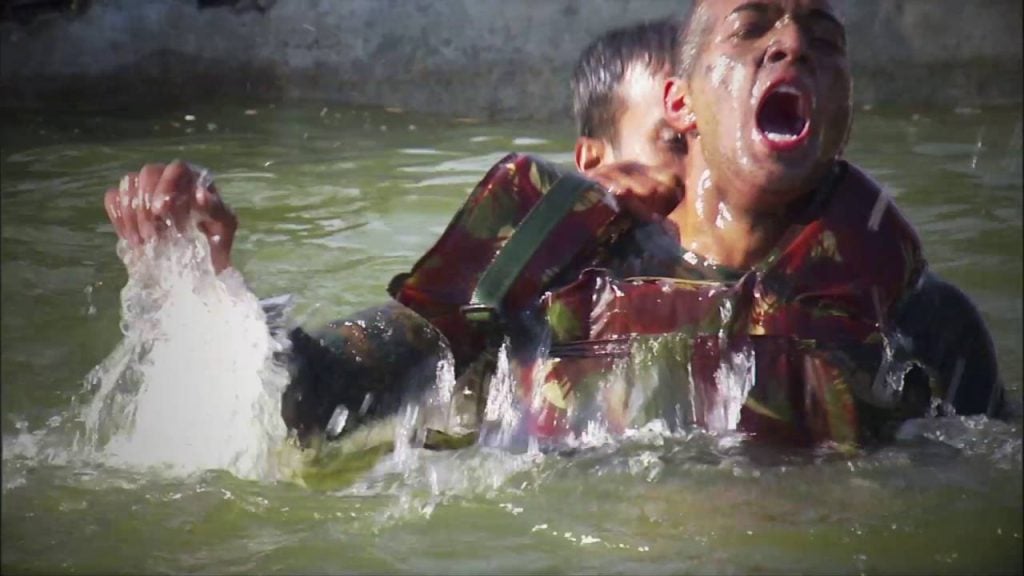
The Special Forces selection is conducted twice a year, in the spring and autumn. It is renowned as one of the most challenging and lengthy training regimens globally, involving sleep deprivation, humiliation, exhaustion, and intense mental and physical challenges. Tragically, deaths have been reported during this arduous selection process. The attrition rate is extremely high, with the selection rarely exceeding 10 percent.
Even if a candidate successfully completes the selection process, they are not formally inducted into the regiment until they complete the “balidan padh.” This phase involves active operations in a hostile zone for a year. If the candidate survives this challenging period, they are awarded the Balidaan badge and officially inducted into the regiment.
Recognition
Wearing the Balidaan Badge is a testament to the extraordinary courage and unwavering commitment of the soldiers. It serves as a constant reminder of their sacrifice and a way to perpetuate their memory. The badge is typically worn on the right breast pocket of the uniform, close to the heart, signifying the eternal connection between the nation and Para SF.
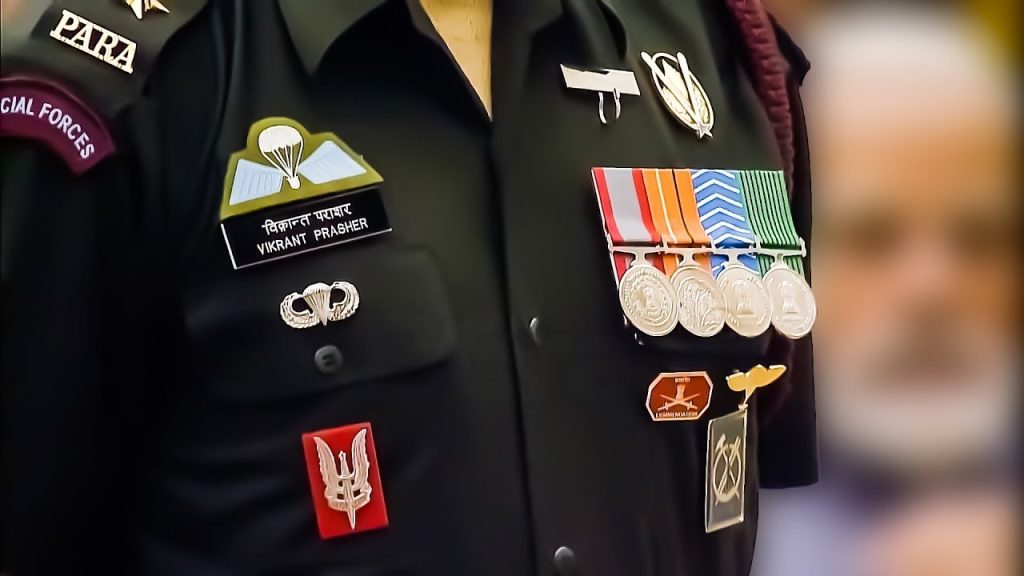
Emotional Significance
The Balidaan Badge holds immense emotional significance for the families of the Para SF commandos. It serves as a source of pride and solace, offering a tangible symbol to honor their loved ones’ sacrifice. The badge represents the nation’s gratitude and serves as a constant reminder that their duty and sacrifice will never be forgotten.
The Balidaan Badge stands as an enduring emblem of sacrifice, valor, and dedication within the Indian military. It symbolizes the selfless spirit of the soldiers who are ready to make the ultimate sacrifice for the nation. By honoring their memory and acknowledging their bravery, the Balidaan Badge ensures that their legacy lives on, inspiring future generations of soldiers to serve their country with unwavering commitment and honor.


